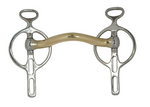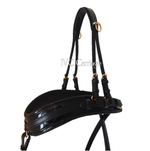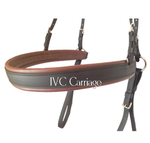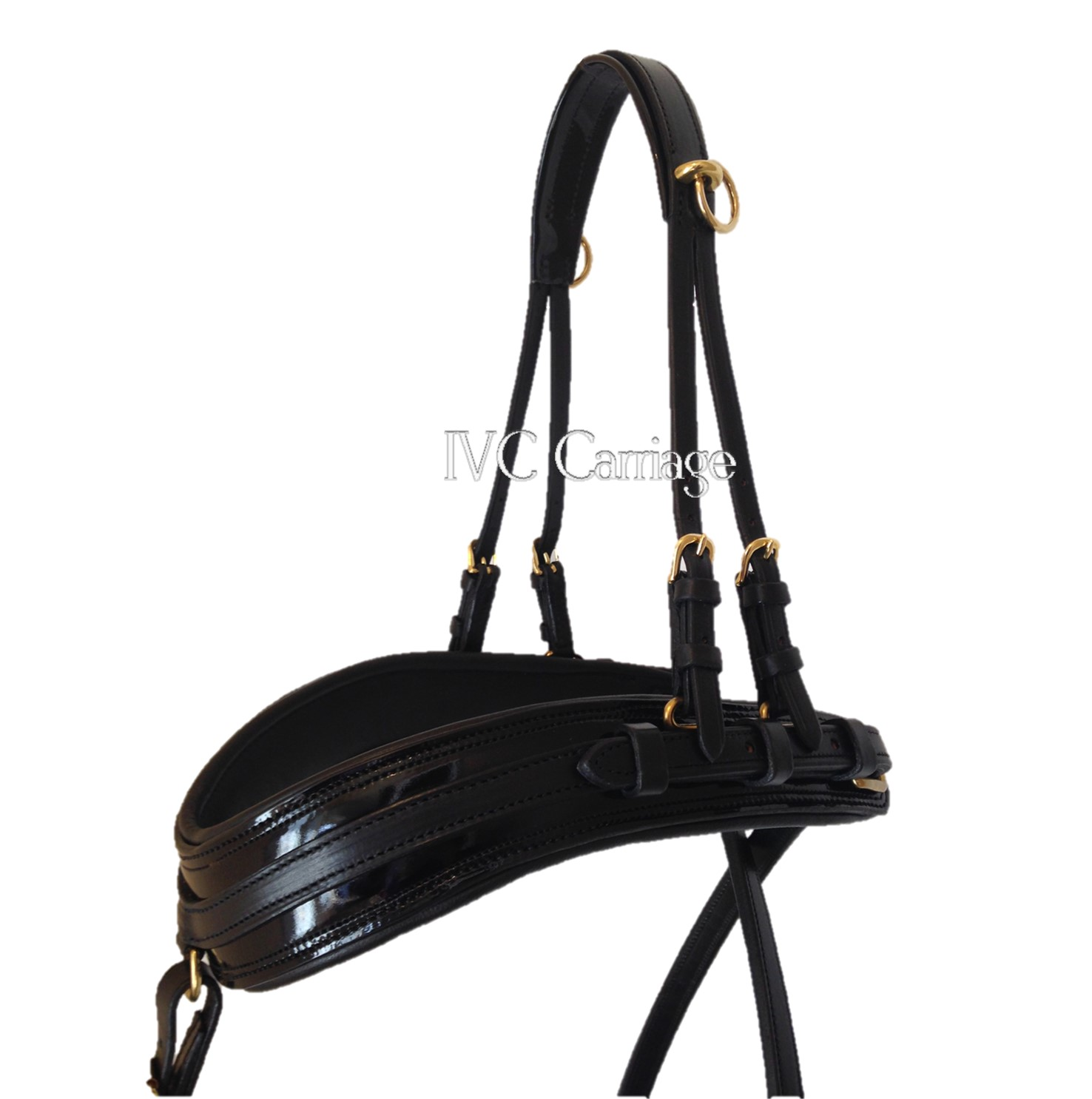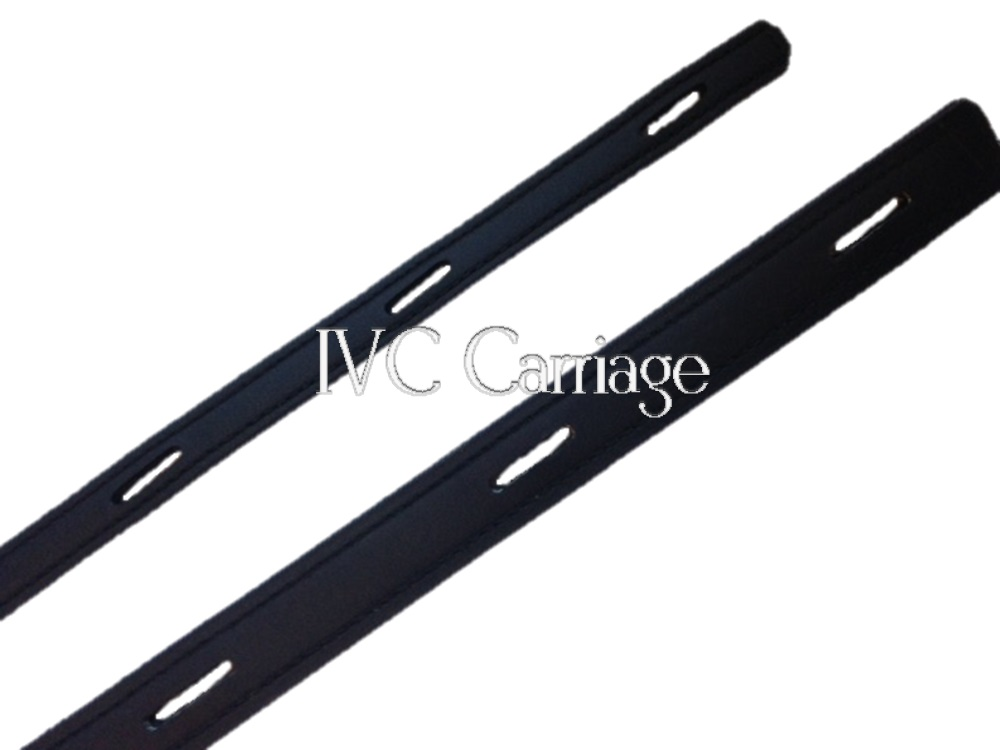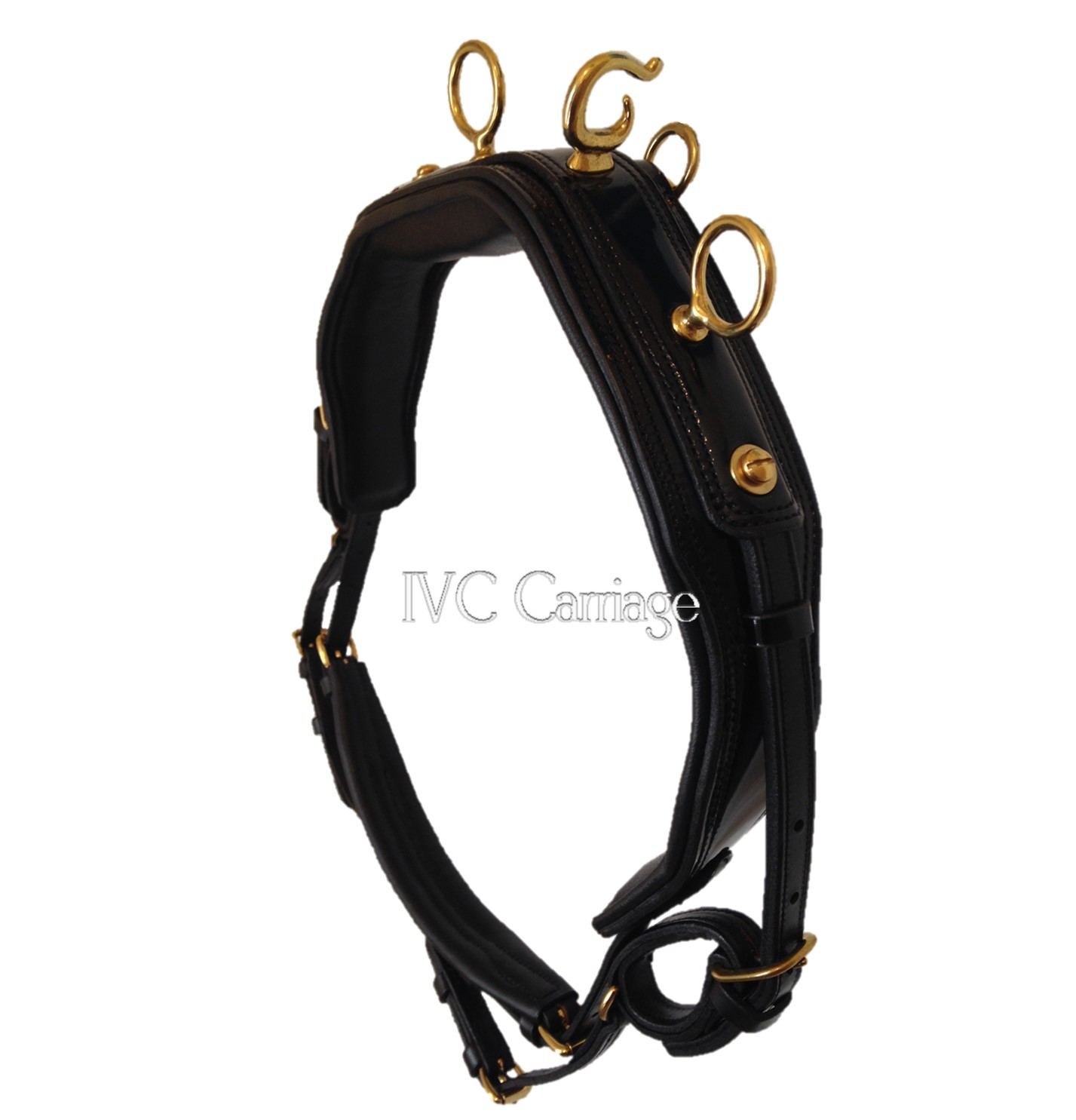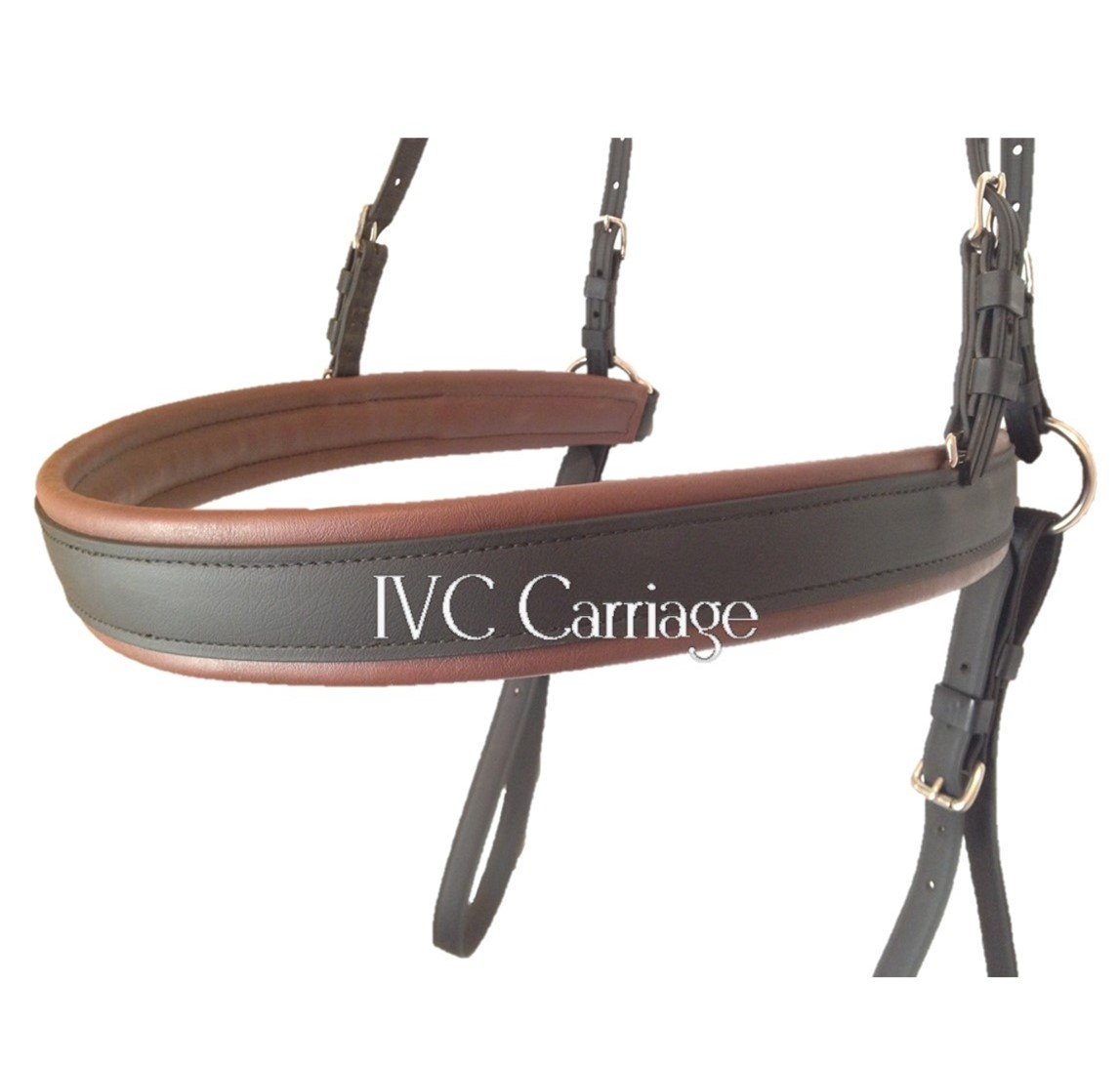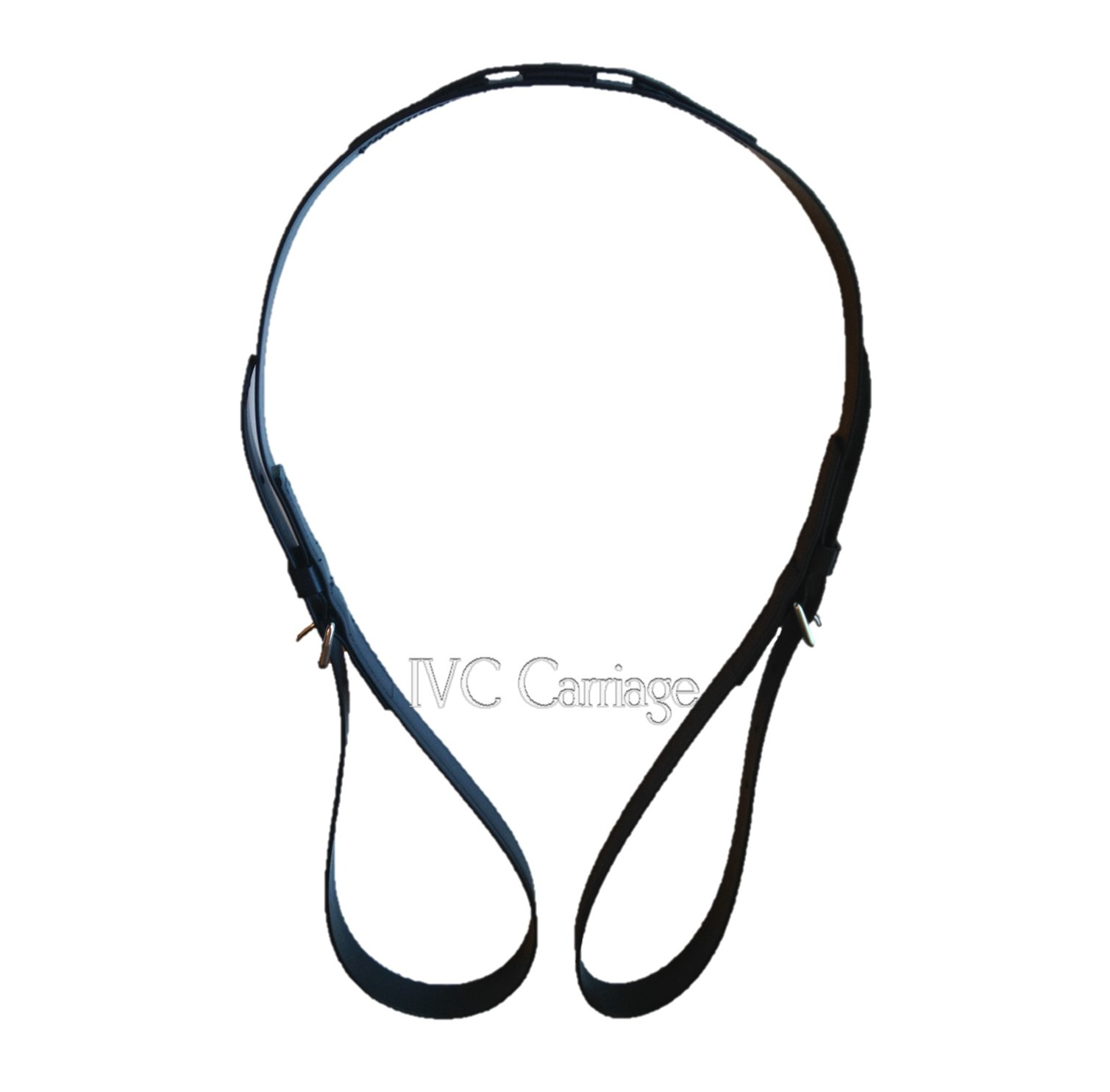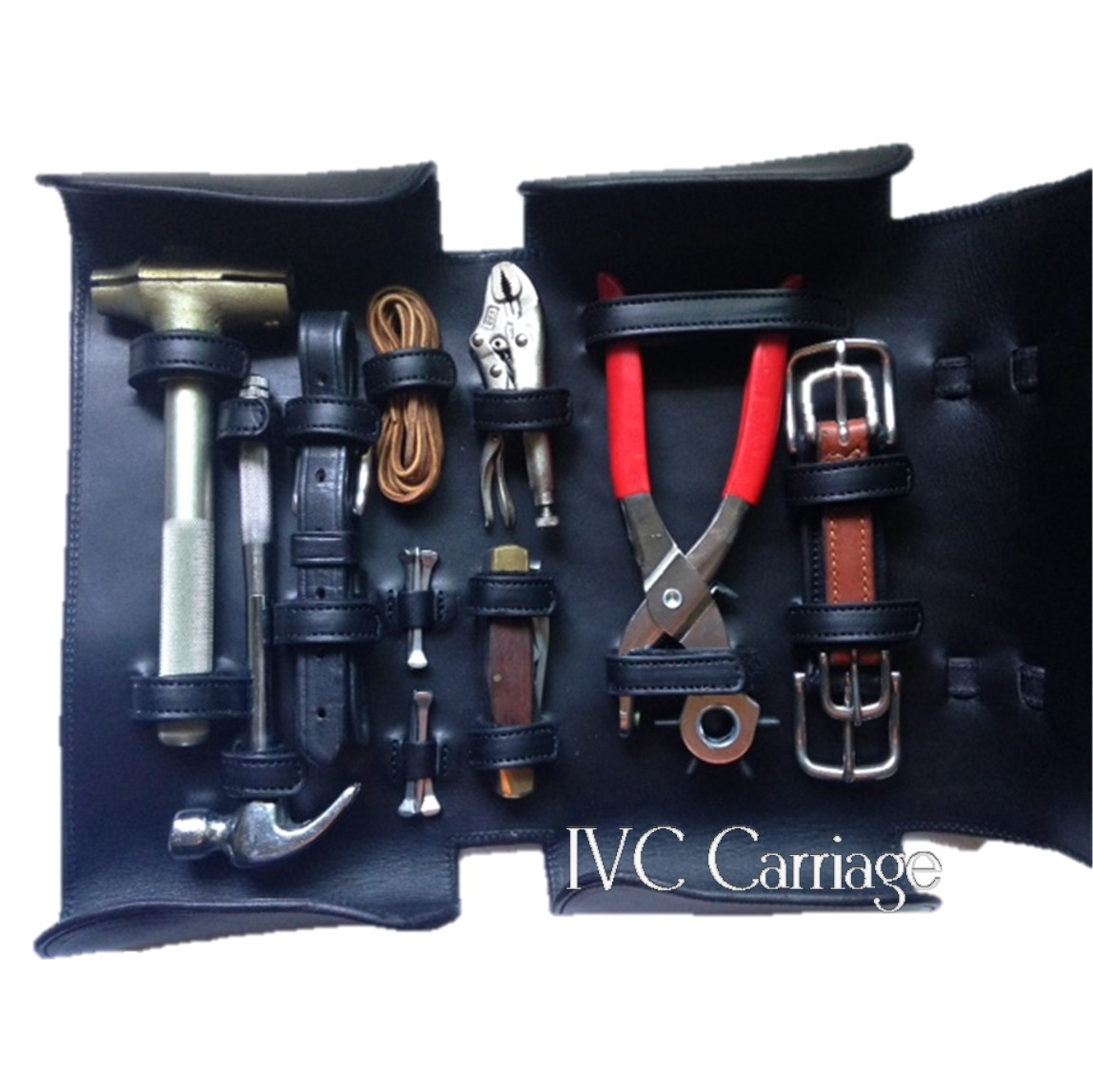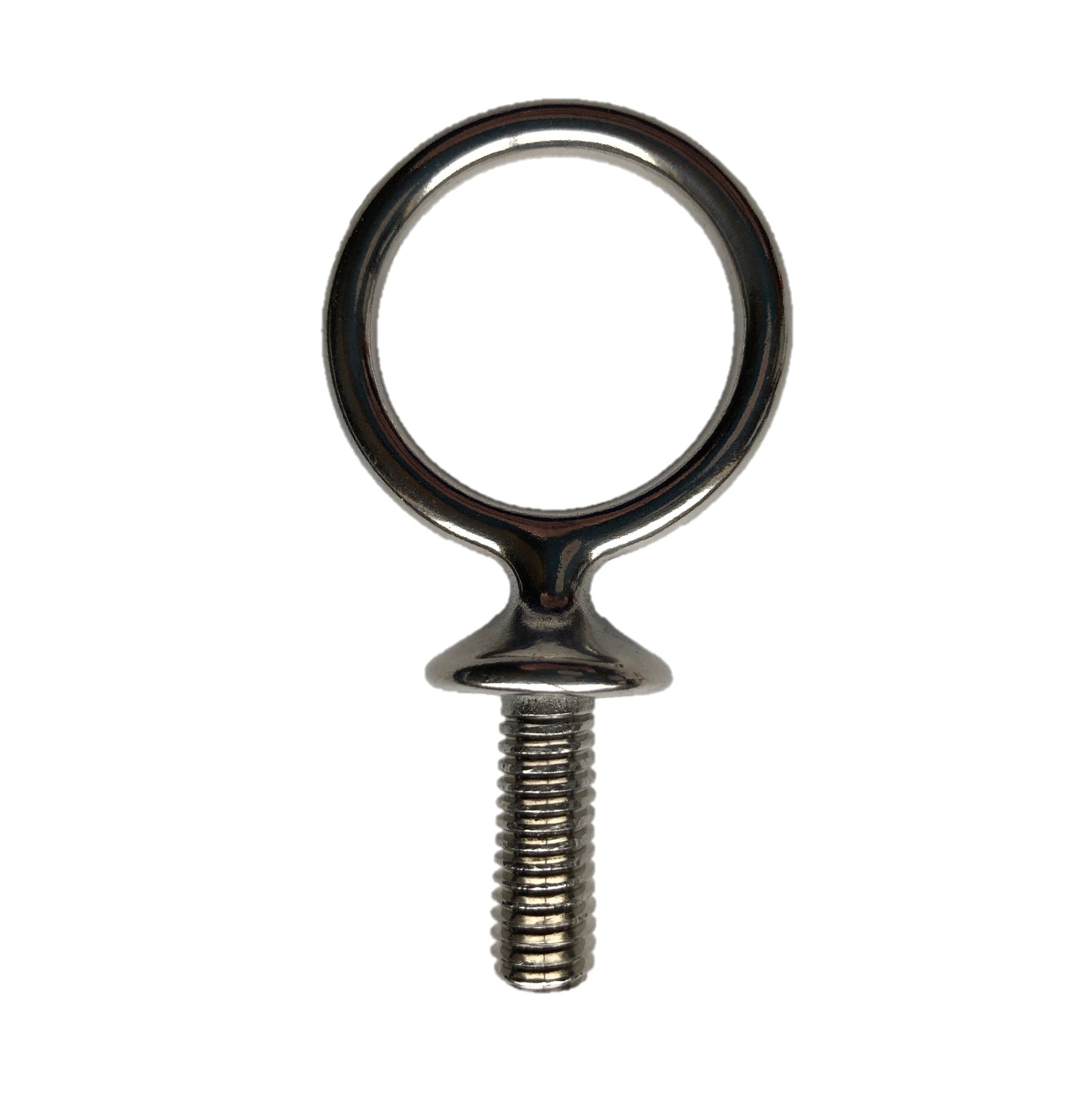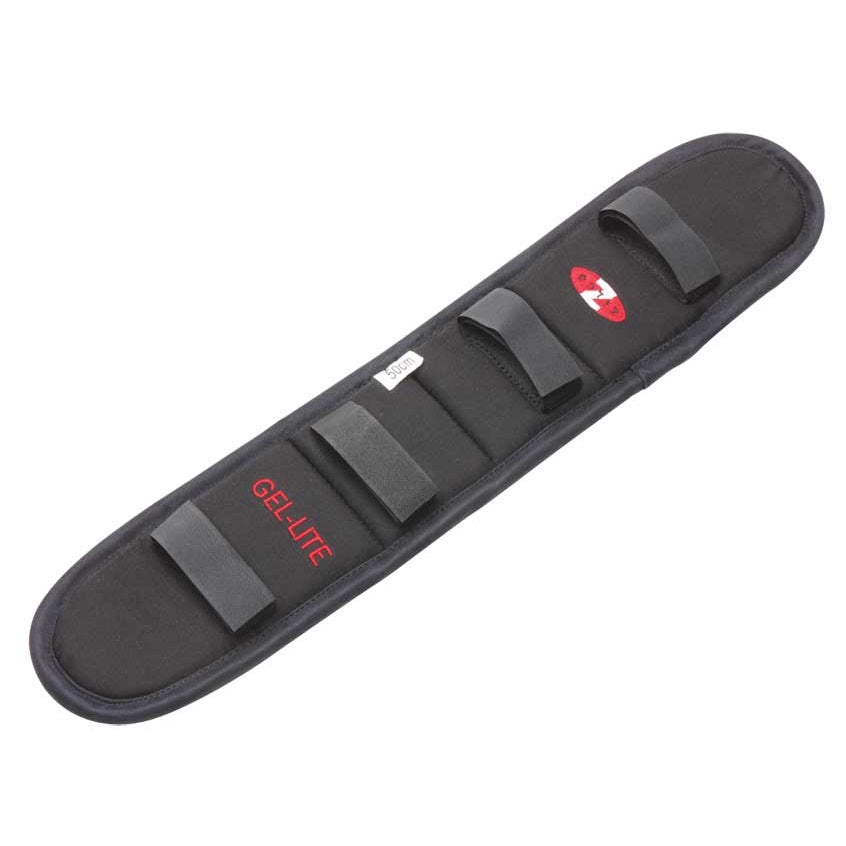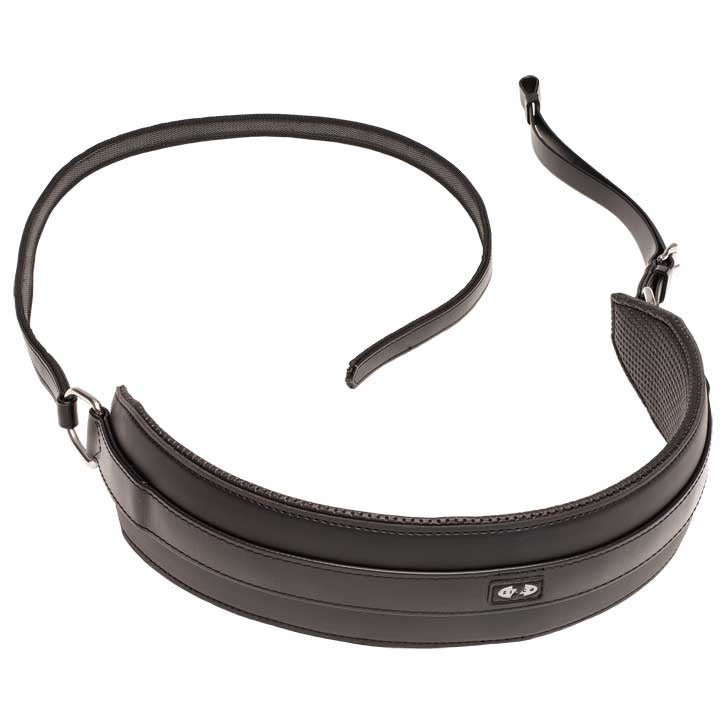Menu

Selecting a Whip
Choosing a carriage driving whip can be a very personal decision usually based on form, function, and feel. Below, we will discuss how these aspects affect your whip choices.
How to Hold the Whip
Before we discuss feel, we need to talk about how to hold the carriage whip  properly which will be very helpful in whip selection. The whip should not be held vertically and gripped in the hand, but held at a 45-degree
properly which will be very helpful in whip selection. The whip should not be held vertically and gripped in the hand, but held at a 45-degree  angle while balancing on the thumb and pushing up on the butt of the hand. Gripping the whip creates tension in the forearm, disallows the effective use of the fingers to control the reins, and is ultimately very tiring for the driver. The whip can be held on any part of the handle, and many people “choke up” on the whip, holding it closer to the top of the handle. Held properly, the whip will allow your hand and arms to remain more comfortable and effective in driving the horse.
angle while balancing on the thumb and pushing up on the butt of the hand. Gripping the whip creates tension in the forearm, disallows the effective use of the fingers to control the reins, and is ultimately very tiring for the driver. The whip can be held on any part of the handle, and many people “choke up” on the whip, holding it closer to the top of the handle. Held properly, the whip will allow your hand and arms to remain more comfortable and effective in driving the horse.
Whip Balance & Feel
Feel is an absolutely personal aspect of whip selection, and balance of the whip is the most critical characteristic of feel. The heaviness and therefore comfort of a whip is not determined by the actual weight of the whip, but by the balance. Many people come into the store after they have been told they need a “better balanced” whip, mistakenly thinking it is a brand name. All whips balance in your  hand somehow, but to test the balance of a whip, hold the whip horizontally on your index finger. Generally, the closer to the handle the whip balances, the better it will feel in your hand. The balance of a whip is determined by the weight of the whip behind your hand when holding the whip properly. The more weight that is in front of your hand, the heavier the whip will feel.
hand somehow, but to test the balance of a whip, hold the whip horizontally on your index finger. Generally, the closer to the handle the whip balances, the better it will feel in your hand. The balance of a whip is determined by the weight of the whip behind your hand when holding the whip properly. The more weight that is in front of your hand, the heavier the whip will feel.
Therefore, many whips with longer lashes can feel heavier than whips with shorter lashes. Some higher-end whip makers are adding weights on the butt of the whip to create better balance in your hand.
Many beginning drivers choose a less expensive whip to keep costs down and decide if they enjoy the sport before investing a lot of money into it. However, most cheap whips don’t have great balance, therefore making the whip feel heavy and uncomfortable in your hand. It usually doesn’t take very long for the new driver to hate carrying the whip, and then choose to either get a better whip, or leave the whip in the whip holder. Unfortunately, considering that the whip replaces your legs if you were riding the horse, the whip isn’t very effective if it is not in your hand. For that reason, we don’t carry cheap, less balanced whips that you can’t stand to hold. Fortunately, we have found whips that meet the criteria for being decently balanced without being horribly expensive. 😊
How Are You Going to Use Your Whip? Function
How you intend on using the whip can help you choose one that is appropriate for the application. Using an expensive Holly whip is not practical for bombing around on the marathon course of a CDE, and carrying a stick-type whip with no lash may not as effective as one with a lash to help the horse perform his best in a dressage test. Below we will highlight the pros and cons of individual whip styles.
Many beginners start with a sturdy lashed whip as their first whip. They are fine  for lower-level competition, not easily broken, but have just ok balance. We started with those as well. Many of the lower-end whips also only come with chrome ferrules, which won’t match a brass turnout. At the lower levels of carriage driving shows, matching your metals is not imperative, but is a goal to strive towards for a fantastic turnout. Sturdy whips also make decent training whips, as they can be used a little less judiciously than a more fragile show whip. Less expensive whips can also be beneficial for obstacle driving, especially if the course requires the use of the whip to dislodge something. This saves the more expensive whips for the judged classes. We keep several styles of whips in our show trailer for this very reason.
for lower-level competition, not easily broken, but have just ok balance. We started with those as well. Many of the lower-end whips also only come with chrome ferrules, which won’t match a brass turnout. At the lower levels of carriage driving shows, matching your metals is not imperative, but is a goal to strive towards for a fantastic turnout. Sturdy whips also make decent training whips, as they can be used a little less judiciously than a more fragile show whip. Less expensive whips can also be beneficial for obstacle driving, especially if the course requires the use of the whip to dislodge something. This saves the more expensive whips for the judged classes. We keep several styles of whips in our show trailer for this very reason.
Whips with no lashes can be fine for recreational driving or as a spare whip, but can be fairly ineffective as a carriage competition whip, since the lash is generally used to subtlety cue the horse in various places on the horse like your legs would when riding. However, we do know of quite a few higher-level carriage driving trainers who are consistently using the no-lash whips. Marathon drivers are also choosing the shorter lash whips.

Once drivers feel fairly comfortable with the sport, they tend to “move up” to better whips. Again, more pricey whips tend to have better balance and feel more comfortable in your hand. However, sometimes they may not be practical to train with, as you might feel a little despondent if your expensive whip gets broken in the process of practicing with your horse. For some people, a better whip is a fair trade off to not have to use a less-balanced whip, especially for older drivers or drivers who work daily with their horse(s). We have sold rather expensive whips to trainers for their comfort.
I’m Going to Compete, Which Whip Do I Choose? Form
Again, at the lower levels, the whip you carry isn’t that important when it comes to form. As long as it meets the rules, it is fine. However, once you get into upper level competition, details start to matter more. This is where it can make a difference to have a better quality whip. Grading up to a better whip can be one of those additions to improve your turnout from year-to-year.
Regardless, whip form should never trump feel and function. It doesn’t make  sense to carry a $400+ Holly whip just to have one if it feels awful in your hand! The original and traditional purpose of a Holly whip was to have the knobs of the stick be able to help the driver better catch the long thong (lash) of a multiples whip. Now, it is more of a status symbol for single horse drivers who don’t even have that long of a thong. They can still be well-made and have good balance. From time-to-time, there are even antique Holly whips that come on the market, some fetching upwards of $1000.
sense to carry a $400+ Holly whip just to have one if it feels awful in your hand! The original and traditional purpose of a Holly whip was to have the knobs of the stick be able to help the driver better catch the long thong (lash) of a multiples whip. Now, it is more of a status symbol for single horse drivers who don’t even have that long of a thong. They can still be well-made and have good balance. From time-to-time, there are even antique Holly whips that come on the market, some fetching upwards of $1000.
Bamboo whips mimic Holly, and while they aren’t cheap whips on their own accord, a good judge can tell the difference, even from a distance. The Bamboo whips can feel light, have good balance, and also come with metal ferrules you can choose to match your turnout. Being a natural product, they are a little more fragile than the average whip, but can make a natural wood turnout look good.
Presentation whips generally have better balance, and can also be more  customized as to length of stick and lash, stick color, leather handle color, as well as balance. Because of this, they are the choice for many drivers. For pleasure shows, I choose a brown leather handle, as it complements my brown leather gloves which avoid staining hands and clothing with black leather dye.
customized as to length of stick and lash, stick color, leather handle color, as well as balance. Because of this, they are the choice for many drivers. For pleasure shows, I choose a brown leather handle, as it complements my brown leather gloves which avoid staining hands and clothing with black leather dye.
How Long Does My Whip Need to Be?
The length of the whip is not only determined by the size of your horse, but the size of your vehicle. In order to properly measure the length of the whip, you will need to know the distance from your hand seated in the vehicle to the horse’s shoulder. (See our article on How to Measure Your Turnout for a Whip.)
The American Driving Society rules state that you must be able to reach the shoulder of the farthest horse with the whip. You just need to be able to touch the horse with the lash, not necessarily the stick. So you need to measure from your hand on the box seat of the carriage to the girth of the horse when put to the carriage. That will give you the approximate length you need to reach. I have seen judges ask a driver to unfurl a long whip lash to see if it reaches the horse’s shoulder. Drivers can get away with a shorter stick if it includes a longer lash. Drivers not wanting to have to deal with a long lash may need to have a whip with a longer stick.
In a very general sense, the following chart indicates the stick length of a whip per size of horse:
|
Sm. Mini |
45” – 50” |
|
Lg. Mini |
50” – 54” |
|
Sm. Pony |
54” – 68” |
|
Lg. Pony |
68” – 72” |
|
Horse |
72” – 84” |
|
Team/Tandem (Horse) |
72” – 84” with 8-10 foot lash |
If you are not going to compete, you should select a whip at least long enough to reach the barrel of the horse. Any shorter than that, and you can only touch their rear, which could make them kick.
Caring for Your Good Whip

Once you have made the investment in a good, bow top whip, you need to keep it that way with a whip reel. The whip reel keeps the shape of the bow, and prevents the bow from creasing and breaking.
The whip should hang on its own from the whip reel, but if for  some reason the lash won’t sit in the groove of the reel, a finishing nail can be nailed into the wall at the point where the hole in the lash meets the popper while the whip is on the reel. Then the hole can slip over that tiny nail, keeping the whip from sliding down. We not only have whip reels in our tack room, but also transport and store our whips on a reel mounted in the trailer, keeping the handles in a piece of foam pipe insulation attached to the wall.
some reason the lash won’t sit in the groove of the reel, a finishing nail can be nailed into the wall at the point where the hole in the lash meets the popper while the whip is on the reel. Then the hole can slip over that tiny nail, keeping the whip from sliding down. We not only have whip reels in our tack room, but also transport and store our whips on a reel mounted in the trailer, keeping the handles in a piece of foam pipe insulation attached to the wall.
Any leather on a whip can be conditioned with a good leather conditioner periodically to keep it in good condition. This includes the handle and leather lash. Brass will, of course, need to be polished with a good metal polish before entering a class.
Don’t forget about the size of your whip socket on your vehicle! Some  handles are too wide to fit in certain sockets. Wood sockets can be drilled out a bit to fit wider handles. Dash mounted sockets fit most whips. We have found that crossbar mount sockets can be tight.
handles are too wide to fit in certain sockets. Wood sockets can be drilled out a bit to fit wider handles. Dash mounted sockets fit most whips. We have found that crossbar mount sockets can be tight.
Ultimately, most whip selection comes down to personal preference. Let us help you select your perfect whip!
- Choosing a selection results in a full page refresh.

